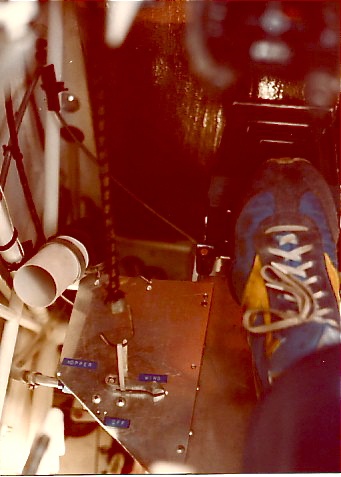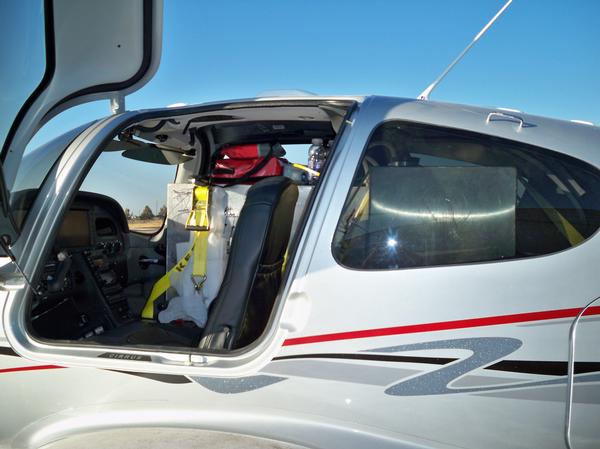FastEddieB
Touchdown! Greaser!
- Joined
- Oct 14, 2013
- Messages
- 11,421
- Location
- Lenoir City, TN/Mineral Bluff, GA
- Display Name
Display name:
Fast Eddie B
About malfunctioning ferry tank valves...
I think I've posted about this before.
Ferrying a Cessna cropduster we had the hopper rigged to carry fuel. Usually put 150 gals up there out of a possible 300. That's plus the 50 in the wings.
One leg I smelled fuel and saw a steady drip from the valve. Jiggling it I found upward pressure on it stopped the leak. Fortunately within reach I had both a bungee and some tywraps.
Viola!

In any case, I really doubt I'd be flexible enough to pull that off now!
I think I've posted about this before.
Ferrying a Cessna cropduster we had the hopper rigged to carry fuel. Usually put 150 gals up there out of a possible 300. That's plus the 50 in the wings.
One leg I smelled fuel and saw a steady drip from the valve. Jiggling it I found upward pressure on it stopped the leak. Fortunately within reach I had both a bungee and some tywraps.
Viola!

In any case, I really doubt I'd be flexible enough to pull that off now!

